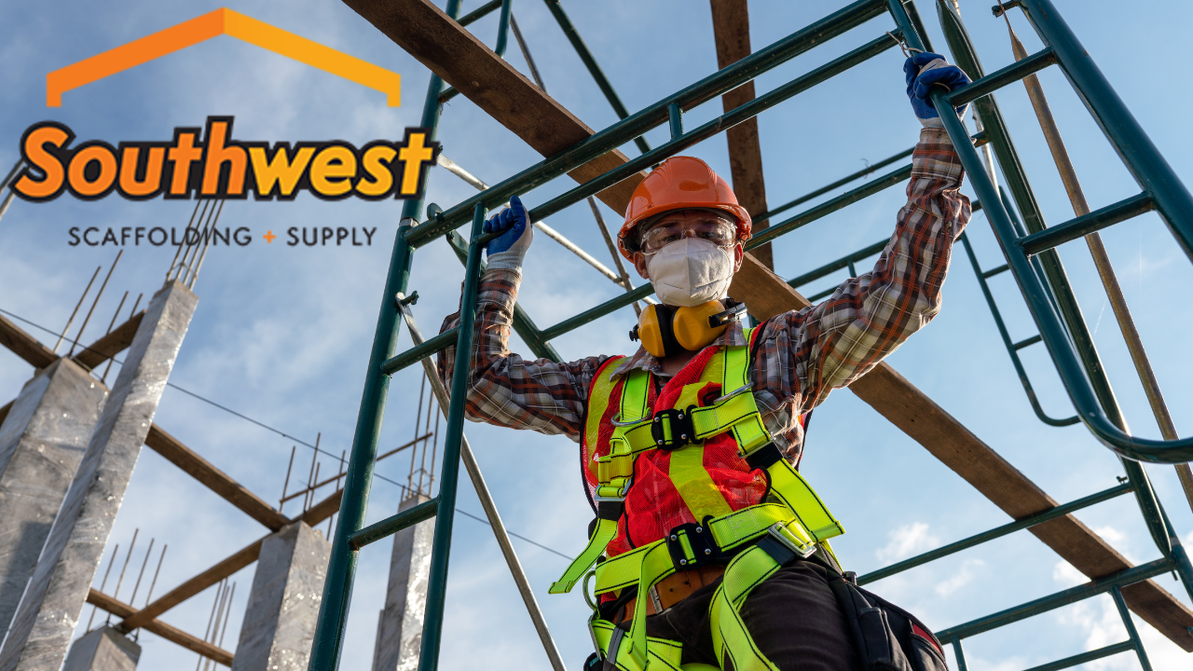How to Set Up a Temporary Work Platform in Tight Spaces
Work Smarter (and Safer) When Space Is Limited
Not every job site offers wide-open space to set up scaffolding or move heavy equipment. Whether you’re repairing drywall in a hallway, painting a stairwell, or installing fixtures in a narrow area, tight spaces call for smart setup strategies.
At Southwest Scaffolding, we help contractors and maintenance professionals find safe, efficient solutions for working in confined areas, without compromising on stability or safety.
1. Assess the Space Before You Begin
Before bringing in your gear, take a moment to assess the work area. Ask yourself:
-
How much clearance do I have (height, width, and length)?
-
Is the floor level and stable enough to support weight?
-
Are there any obstructions like pipes, doorways, or furniture that could affect setup?
A few minutes of planning prevents wasted time and reduces the risk of accidents.
2. Choose the Right Type of Platform
Tight spaces require compact, adjustable equipment. Here are some popular options:
• Folding Work Platforms
Lightweight aluminum work platforms are perfect for small maintenance tasks or finishing work. They fold flat for easy transport and can be repositioned quickly in narrow spaces.
• Mini Scaffolds and Baker Scaffolds
Ideal for indoor jobs, these narrow scaffolding systems fit through standard doorways and adjust in height. Many include locking caster wheels for easy mobility.
• Pump Jack Systems (for limited exterior spaces)
When space is limited along a wall or between structures, a pump jack system allows vertical adjustment with minimal footprint.
? Tip: Always verify the weight rating of your platform (including tools and materials) before starting work.
3. Set Up on a Stable Surface
Even the most compact scaffolding can become unsafe if it’s set up on an uneven floor.
-
Use leveling jacks or adjustable base plates to create a stable foundation.
-
Avoid makeshift supports (like wood blocks or bricks).
-
If working indoors, protect flooring with non-slip mats or pads under the scaffold feet.
4. Prioritize Mobility and Access
In confined areas, being able to move and adjust your platform without full teardown is key. Choose systems with:
-
Locking caster wheels for easy repositioning
-
Quick-adjust height mechanisms
-
Foldable or stackable sections for transport between rooms
Southwest Scaffolding’s portable baker-style scaffolds are a favorite among painters, electricians, and maintenance techs for this reason: compact, mobile, and safe.
5. Follow Safety Best Practices
Working in a small area can sometimes make people let their guard down. Keep these safety principles top of mind:
-
Maintain three points of contact when climbing.
-
Don’t exceed the platform’s weight capacity.
-
Keep the platform free of clutter to prevent tripping.
-
Use guardrails or fall protection if your platform is more than 10 feet high.
The Right Equipment for Every Space
You don’t have to sacrifice safety or efficiency when working in tight quarters. With the right scaffolding or temporary work platform, you can get the job done comfortably and confidently.
Explore Southwest Scaffolding’s full selection of ladders, baker scaffolds, and mobile platforms designed to handle every type of workspace.
? Contact us today to find the best equipment for your next project.
Recent Posts
-
Building a Mobile Workstation with Rolling Towers
In fast-paced construction environments, efficiency is everything. Workers need access, mobility, an …Nov 17th 2025 -
Elevating History: How Scaffolding Played a Major Role in Restoring a 116-Year-Old East Texas Landmark
Scaffolding: The Backbone of a Safe Restoration When you’re restoring a 116-year-old structure, acce …Nov 14th 2025 -
How to Create an OSHA-Compliant Jobsite with Southwest Scaffolding Gear
Why OSHA Compliance Matters Every safe, efficient jobsite starts with one goal: keeping everyone sta …Nov 6th 2025




